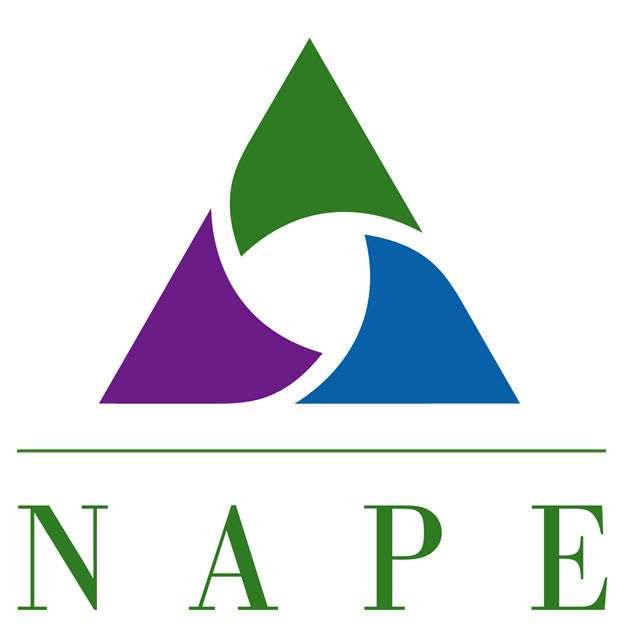Make the Future – NT 2.3 Nontraditional Participation and Completion
The final Core Indicator, Nontraditional Participation and Completion, is vital to a healthy economy as well as to the women and men who flourish in high-wage and/or high-demand nontraditional careers such as careers in Science, Technology, Engineering, or Math (STEM) fields. STEM, Health Care and Information Technology are just a few of the fields predicted to have strong growth over the coming years. Each field includes a diverse complement of careers, and tend to provide a self-sufficiency wage that enables employees to support themselves and their families.
Nontraditional CTE programs are not defined by the enrollment pattern within your classes or programs, but rather the employment numbers in the workplace. Before looking at participation patterns, the program must be identified as a nontraditional program. Local schools, districts, or colleges need to identify which programs they offer that meet this definition. Depending on the policy in your state, this may be (1) left to the local district or college, (2) based on a state-identified list, or (3) based on a national list. The process for identifying nontraditional CTE programs by doing a crosswalk with labor statistics and Classification of Instructional Program (CIP) codes and a sample national crosswalk is available on the National Alliance for Partnerships in Equity (NAPE) website.


